
Why Morning Work in the Music Room?
Have you ever heard the phrase “Morning Work” in an elementary school? Sometimes it’s referred to as “Bell Work.” Morning work can vary from a simple question to answer to figuring out a math problem. Whether simple or complex, morning work serves a purpose. It gives students something to do as the teacher is helping students to transition into the classroom.
My Morning Work Process
I started posting “morning work” in my music class about nine years ago – about the same time I got my Interactive White Board. I love greeting my students in the hall as they walk into my classroom. Sometimes a student needs to share an important tidbit with me, or a teacher needs to give me some information about a child before class begins. It’s important for me to give time to this, but it also means that the students in my room are unfocused and unattended.
Morning work gives my students a focus the moment they walk in the room. Depending on the grade level, I post a different rhythm pattern (or tonal pattern) each day. When I introduce morning work, I explicitly take my students through the process so that they know what I expect from them. Each morning as they enter, a rhythm pattern is posted on the board.
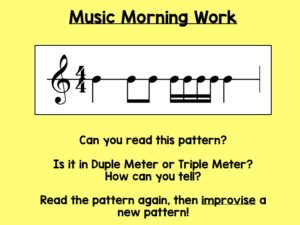
As students enter the room, the first thing they do is read the rhythm. They can read it silently or whisper it to a friend to check for understanding. Once they have read the pattern, they are charged with answering questions about the pattern. As I use Music Learning Theory (MLT) as the foundation for learning in my room, students are asked to identify the meter of the pattern and defend their answer (e.g. how do you know it’s duple? I was audiating du-de as the microbeat.) For those teachers using a Kodaly or Orff approach, you could easily amend the questions to reflect understanding of time signatures, beats per measure, etc.
The last thing students are asked to do is improvise a pattern in the same meter. We ask students to echo us daily in music. How often do we ask them to improvise for us? Improvisation is a skill that has to be nurtured regularly for students to feel confident about applying their understanding of music. The simple act of improvising a different pattern gives your students an opportunity to “show what they know.” I am always amazed at how creative and musical my students are when given the chance to demonstrate it.
Once I’ve walked in the room, we practice the entire process together. Why? It gives students an opportunity to affirm what they know and fill gaps in things they didn’t know. It also gives everyone a chance to improvise together. Writing about this process makes it feel arduous. The reality is this process takes about a minute from start to end as a class.
Final Thoughts on Morning Work
So, where do I draw my content? Sometimes the rhythm pattern is one we struggled with in class the day before. Sometimes the rhythm pattern is one I am going to teach (previewing new content). It’s a great way to preview, practice, and review content on any given day!
Let me know if you have a process for providing “morning work” in your room! Leave me a comment below!
You might also be interested in Teaching New Songs the MLT Way!


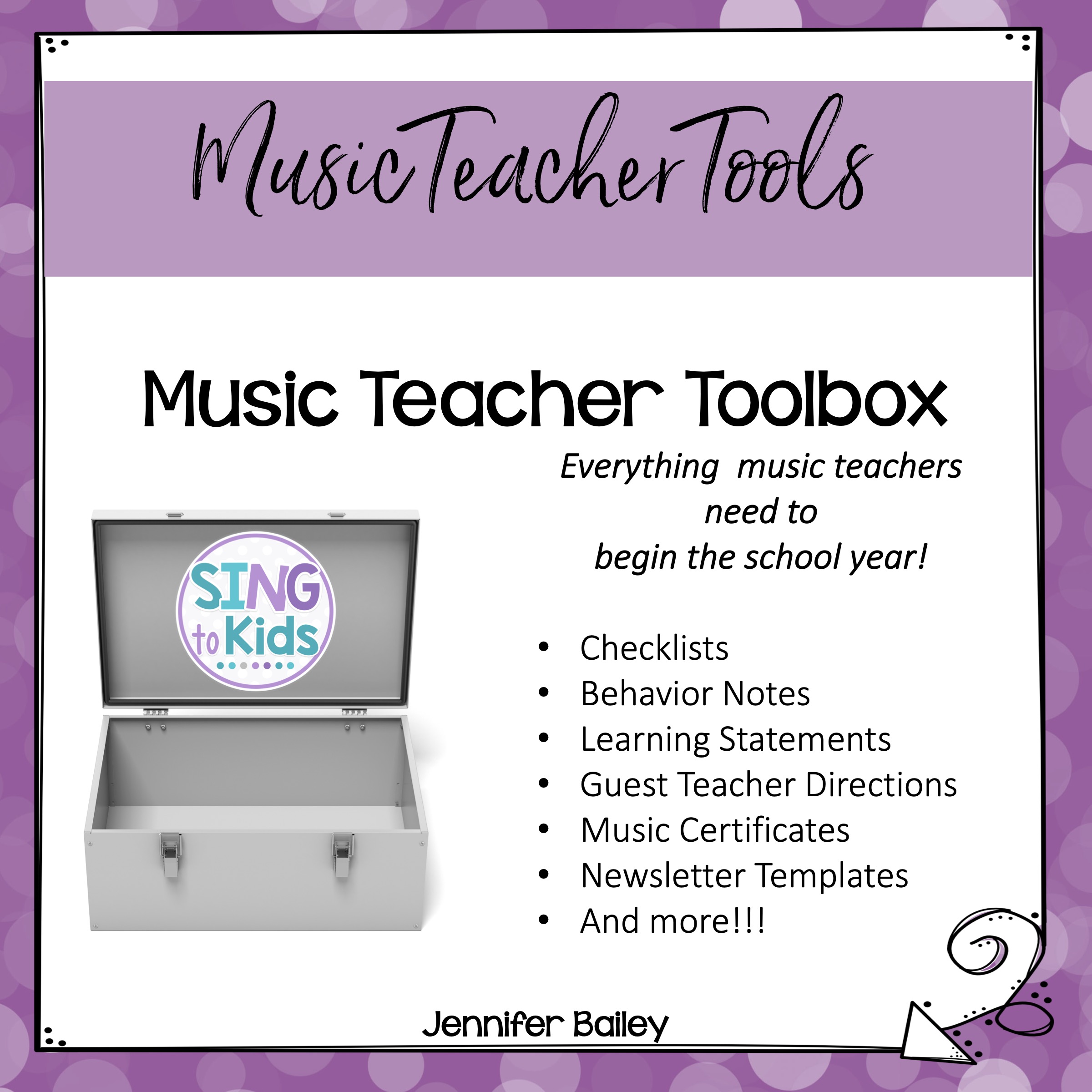

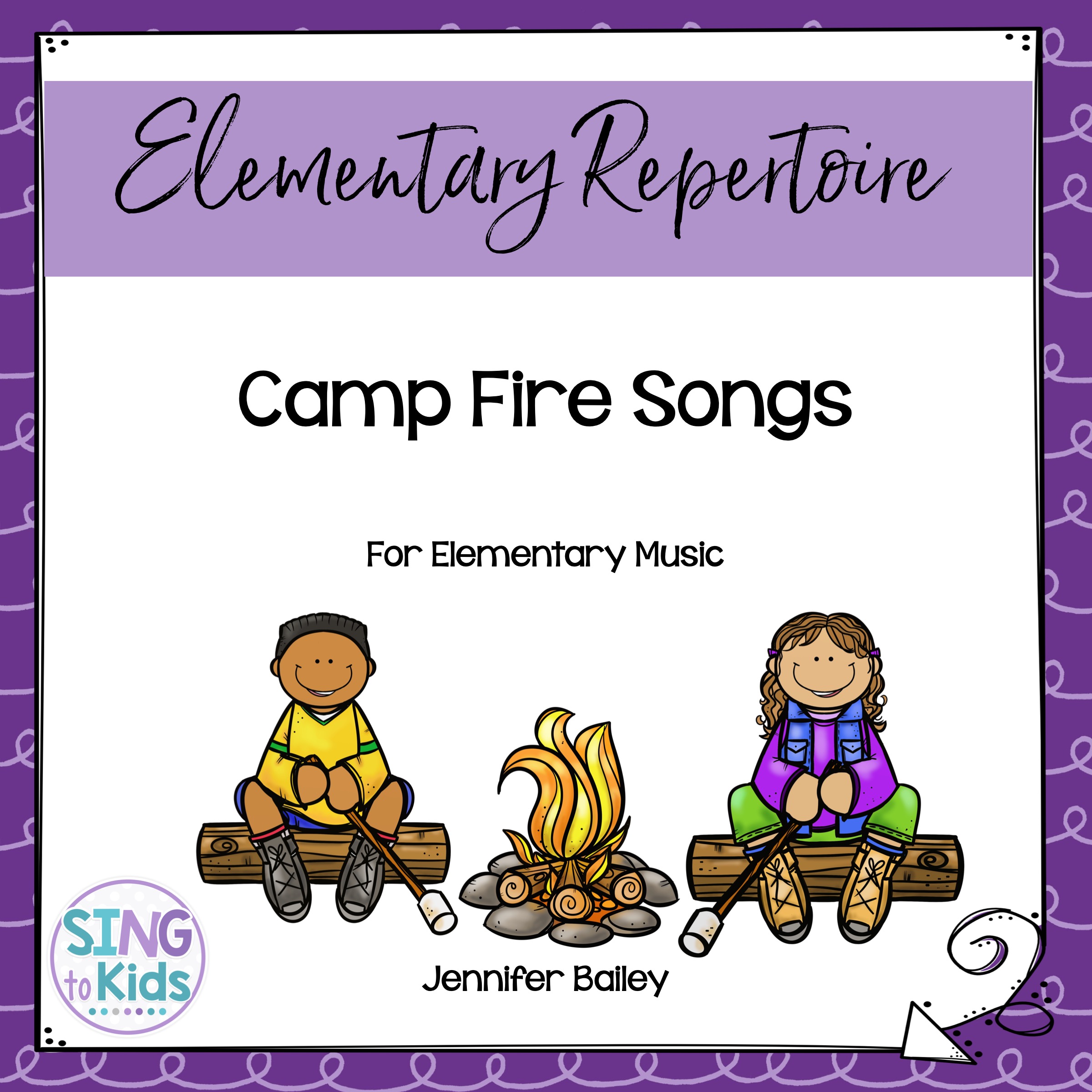
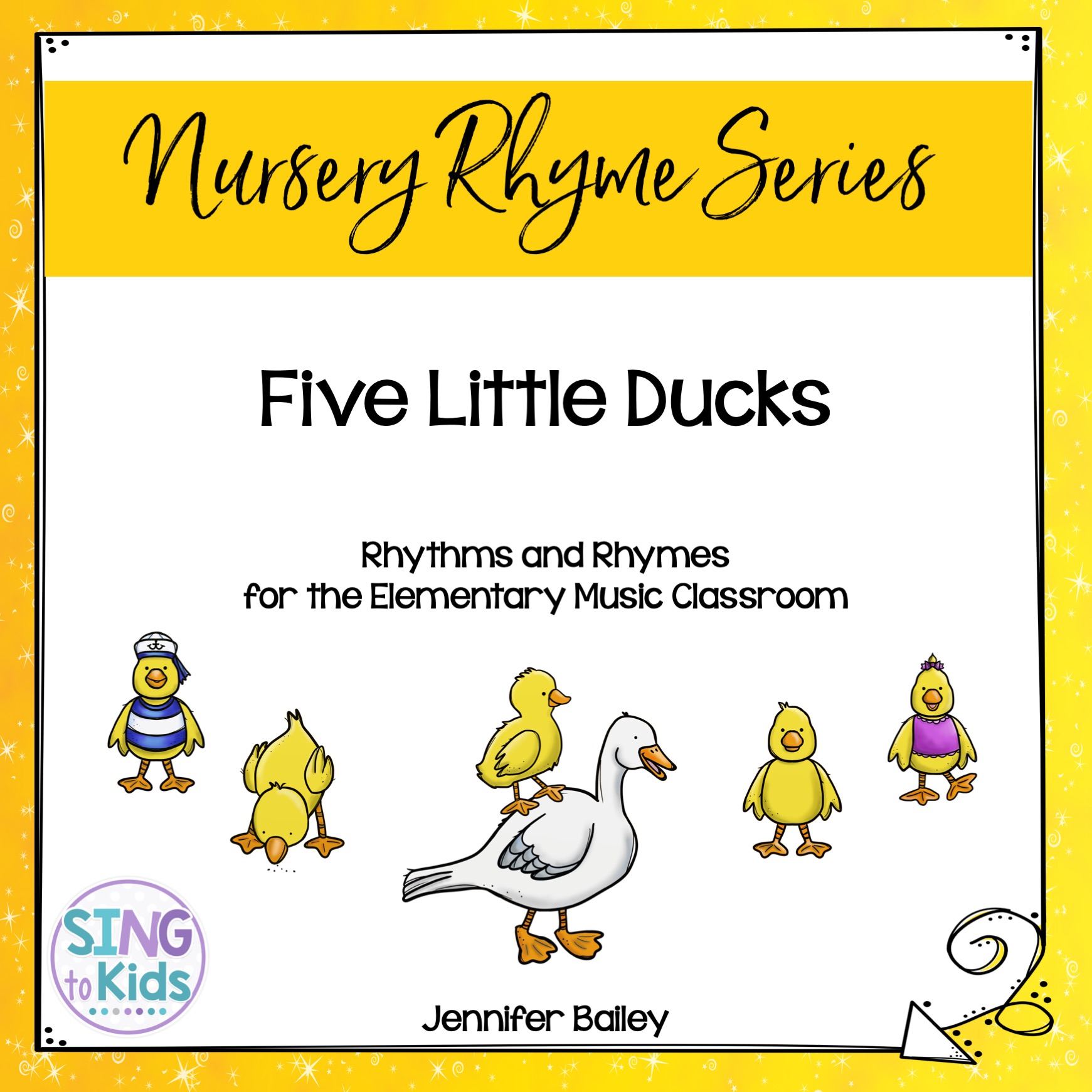


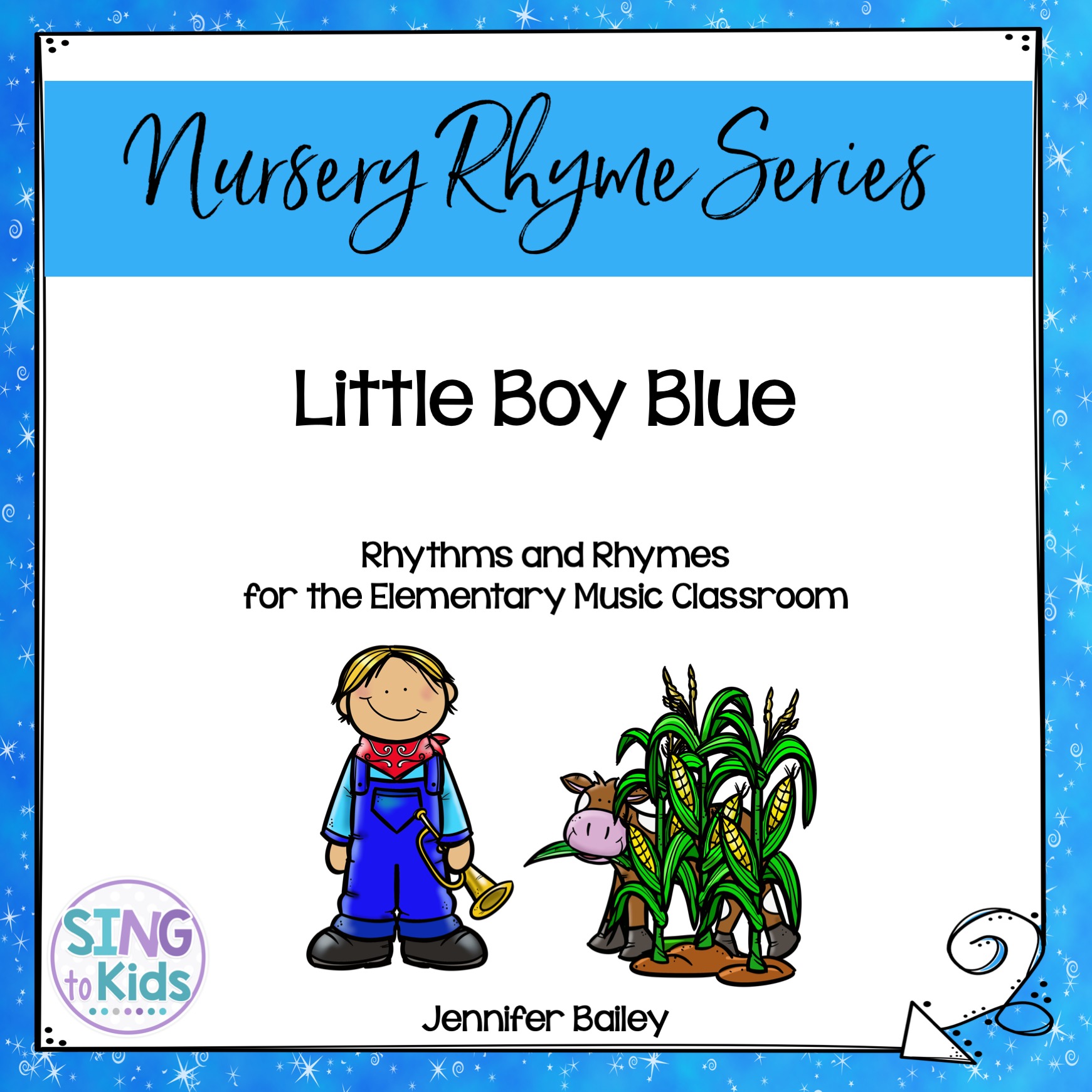
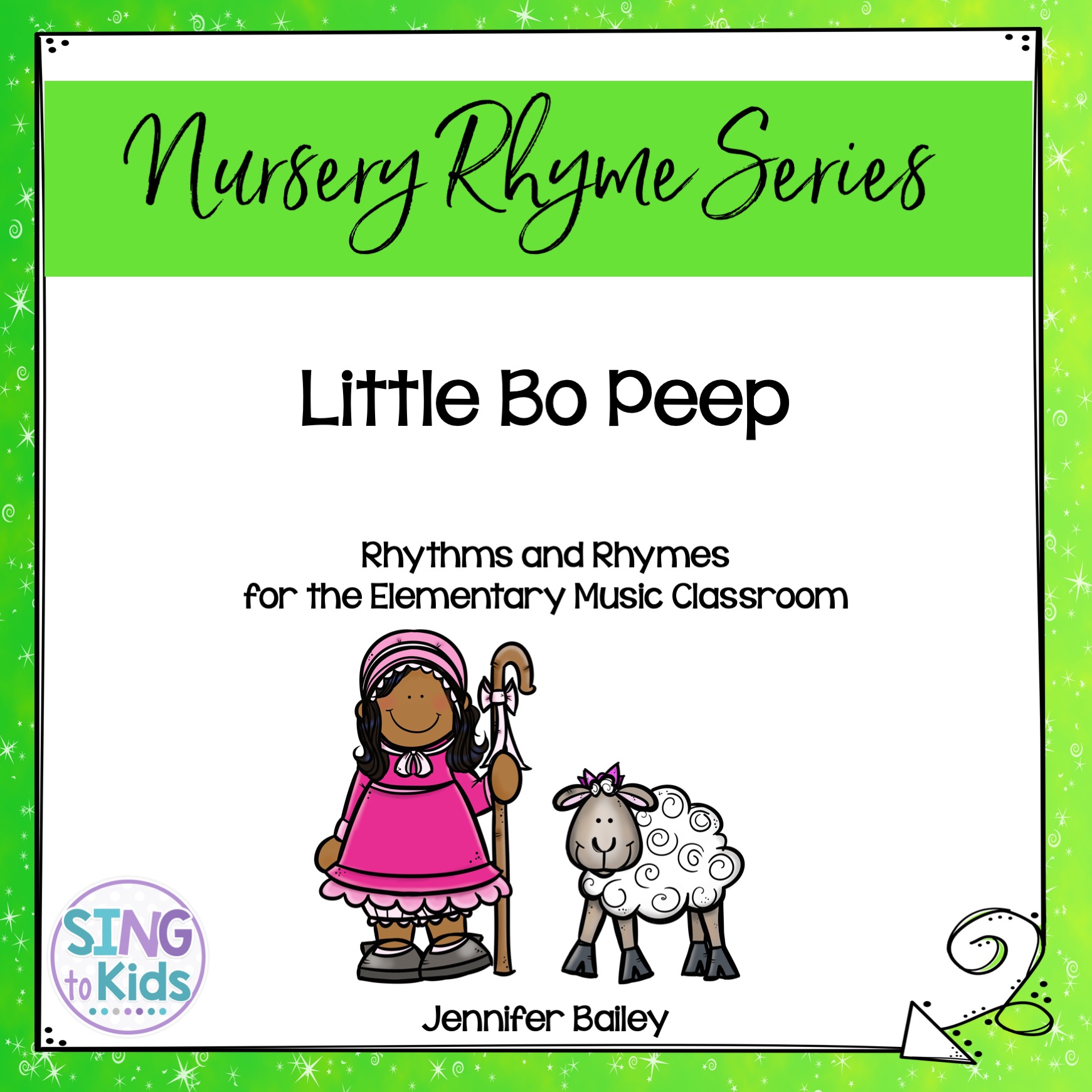
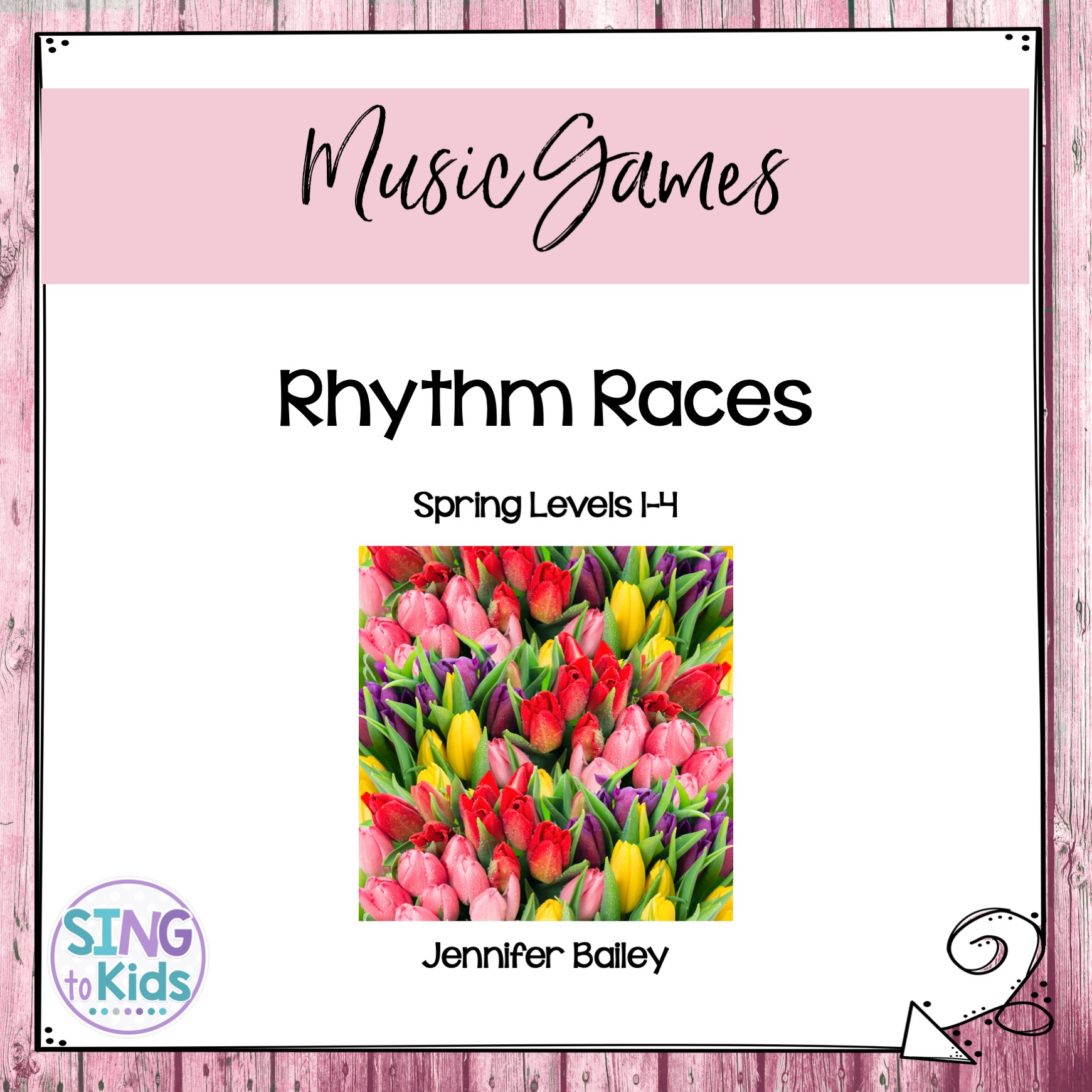


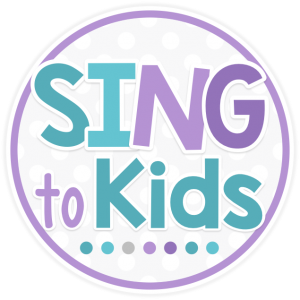

I used to have a piece playing as students entered and they were to answer the questions on the board while they were waiting to start- usually about the dynamics/tempo/instrumentation of the piece etc. My problem in my current position has been that I have so many back-to-back classes that I'm not able to set it up before the class enters. Do you have back-to-back classes with no transition time, and if so, how do you make sure you have the questions set up before the class enters? I love this idea, I'm thinking having just a visual rather than needing to start a recording would be easier to set up.
I love this idea. I'd often considered doing something similar, but like Elizabeth I had back to back classes, so the idea always moved to the back of my mind. Also, do you do this with K and 1 as well?
Your blog is very useful for me.I really like you post.Thanks for sharing.
หนังตลก